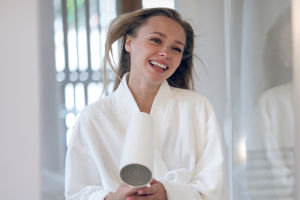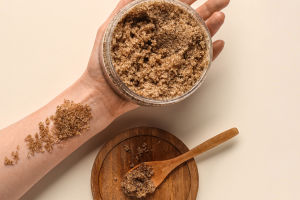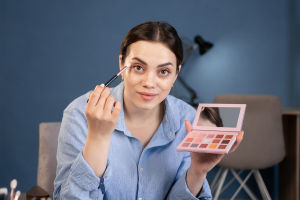Have you ever noticed how a change in hair color can completely alter not just your appearance but also how you feel about yourself?
Hair color is more than a fashion statement—it's a powerful tool that influences mood, perception, and even confidence.
Instead of just listing popular hair colors or trends, let's dive into one deep, specific insight: how the psychology behind hair color choices impacts the way people see themselves and how others perceive them.
Hair Color and Self-Perception
Choosing a hair color isn't just about aesthetics; it's deeply tied to identity and mood. Psychologists have found that people often select colors that express their current feelings or the persona they want to project.
For example, going from a natural brown to a bright blonde or fiery red can signal a desire for more attention or a fresh start. On the other hand, darker shades like deep brunette or black may evoke feelings of sophistication or mystery.
Example 1: Color as a mood enhancer
Research by color psychology experts reveals that warm hair colors (reds, auburns) can increase feelings of energy and enthusiasm, while cooler tones (platinum, ash blondes) often bring a calm, collected vibe. This explains why some people switch hair colors seasonally—to match or influence their mood.
The Impact on Social Perception
It's no secret that hair color shapes how others see us. Studies in social psychology show that people make quick judgments based on hair color, often associating certain traits with specific hues.
• Blondes are often stereotyped as fun-loving or approachable,
• Brunettes as intelligent and reliable,
• Redheads as passionate and bold.
While these are generalizations, they influence how we interact socially and professionally.
Example 2: The workplace and hair color
In a professional setting, individuals might choose more natural hair colors to fit in or project seriousness, while others opt for unconventional colors like pastels or vibrant blues to express creativity and stand out. Both choices impact how colleagues and clients perceive confidence and competence.
How Technology Shapes Hair Color Choices
Modern hair coloring techniques and products allow for far more creativity and precision than ever before. Innovations such as balayage, ombre, and color melting enable subtle transitions that feel natural but still unique. This technology reduces damage and lets people experiment safely.
Hair experts note that these trends cater to a desire for individuality while maintaining a polished look. The science behind better hair dyes, with nourishing ingredients and less harsh chemicals, also means people can change colors more often without sacrificing hair health.
Choosing the Right Color for You
Finding the perfect hair color goes beyond trends—it involves understanding your skin tone, lifestyle, and personality. Experts often recommend testing temporary colors or consulting professionals who analyze undertones to guide decisions.
Example 3: Skin tone and undertones
• Warm skin tones often look best with golden, caramel, or copper shades.
• Cool skin tones shine with ash blondes, cool browns, or jewel tones.
Matching hair color to skin undertones enhances natural beauty and prevents the common mistake of colors that can make the complexion look dull or washed out.
Changing your hair color can be a game-changer—not just visually, but emotionally and socially. It's fascinating how a simple shift in shade carries so much meaning, from personal confidence to social interaction. What would your hair color say about you if it could speak? Have you ever noticed how a new color changed the way you felt or the way others treated you?
Next time you consider a hair color change, think about the story you want to tell, and let that guide your choice.


